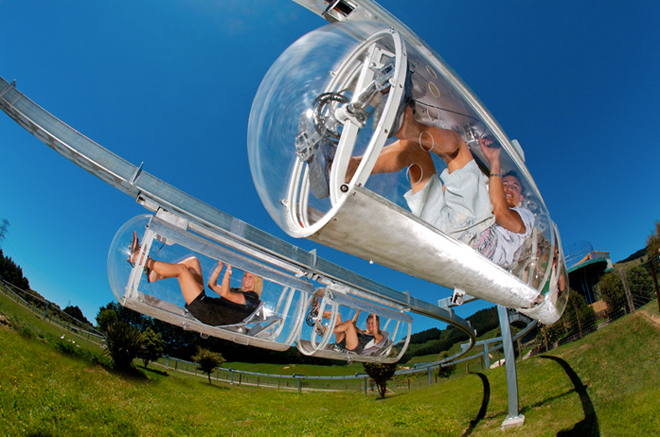The EIS for the Hyperloop alternative would use what basis for reliability, construction cost, control software and signal system costs, operating costs, maintenance costs, environmental issues such as audio noise, electrical noise, RF emissions?Ok, let's give Musk the benefit of the doubt for a just moment. I have a wonderful idea: If Musk will hand the money to the state for a full battery of preliminary engineering, a Tier I EIS, and an alternatives analysis (with the project to be handed to a third-party firm not affiliated with Musk in any way so he can't fudge the numbers), then it'll be given due consideration while the current portion of HSR is under consideration. Even let him run the money through a 501©(3) of his choosing.
If the Hyperloop is a serious proposal, the next steps would be to build several working scale models, first on a (long) lab bench, then maybe a 1/12 or 1/15th working test bed in a big warehouse. Then a full scale test and prototype system with a tube long enough to reach max speed. Probably at least 15 to 20 miles long. Then a working demonstration and evaluation 30-40 mile long system that is approved for public use between 2 destinations - an airport and downtown or 2 cities.
Once there is a working system that can be used for comprehensive real world testing and data collection, then a Tier I EIS could be undertaken that considers Hyperloop as one of the technology alternatives. The above technology development process starting with a lab bench testbed to a working demonstration system could cost several billion dollars easy and take a decade or two, probably more.





